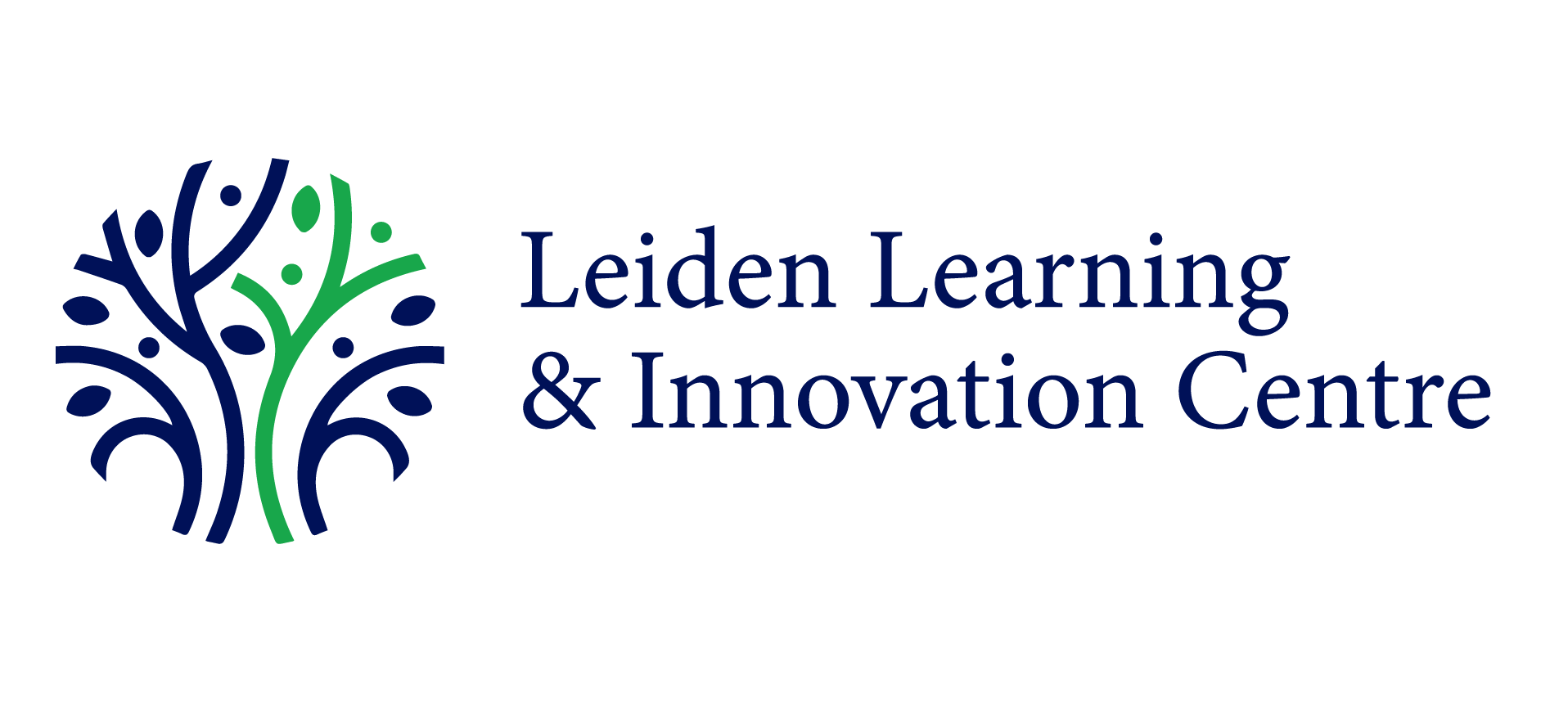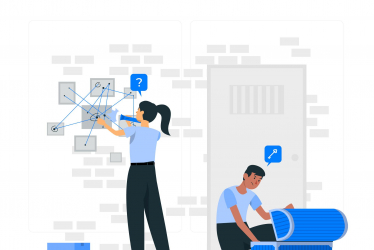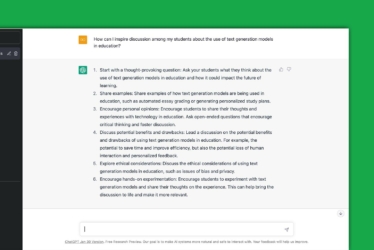Projects
ChitChat: A Chatbot to support WFP
“The chatbot allows me to ask for information from WFP through my mobile phone.”
ChitChat is a chatbot to support direct communication with people in crisis. Together with the World Food Programme (WFP), we test how ChitChat could complement existing helplines for beneficiaries and allow to provide information back to communities on, for example, food prices and assistance programmes.
Challenge
The Kakuma refugee camp and Kalobeyei refugee settlements are located in northern Kenya. The camps were established in 1992 following the arrival of the “Lost Boys of Sudan”. During that year, large groups of Ethiopian refugees fled their country following the fall of the Ethiopian government. Somalia had also experienced high insecurity and civil strife causing people to flee.
These camps currently host a population of 185,449 registered refugees and asylum-seekers. This poses considerable challenges for humanitarian organisations, such as WFP, for effective coordination and delivery of services to people in the camps. In particular, refugees indicate that they want to get more information about WFP programmes and provide direct feedback.
Approach
WFP currently uses many different ways (such as posters, hotlines, and even loudspeakers on cars) to speak to people in the camps. The increase in phone and internet usage within the camps provides new opportunities to connect as well. In order to complement current practices, WFP therefore explores the opportunity to use a chatbot to directly communicate with these people.
A chatbot simply automates the process of classifying and responding to incoming messages. According to rules defined by programme officers of WFP a conversation can be set up through various channels (such as Facebook, a web interface or possibly SMS). If you want to read in more detail about the chatbot we have developed, please read the following article: ChitChat: Humanitarian Chatbot.
Together, we explore whether such a chatbot could allow people to gain information on the delivery of food assistance and food prices upon their own request. Refugees also indicated that they would like to have direct feedback channels to WFP. Instead of having to wait in line to send a message to WFP staff, the chatbot could thus provide a more direct and automated way to send these messages.
Outcome
This project focuses on the testing and development of our chatbot to support World Food Programme in direct communication with people in the camps of Kakuma and Kalobeyei. We explore whether a chatbot can provide information on, for example, food prices and delivery of services and serve as a direct feedback channel.
Currently, we are defining and testing the implementation of the chatbot together with the country staff of WFP in Kenya, and through several focus groups in the camps. This allows us to identify whether and how the chatbot can be used for these purposes, as well as how it could be adopted by WFP in support of its activities. Further, we explore which communication channels would be best suited to facilitate direct communications in a secure and responsible manner.




